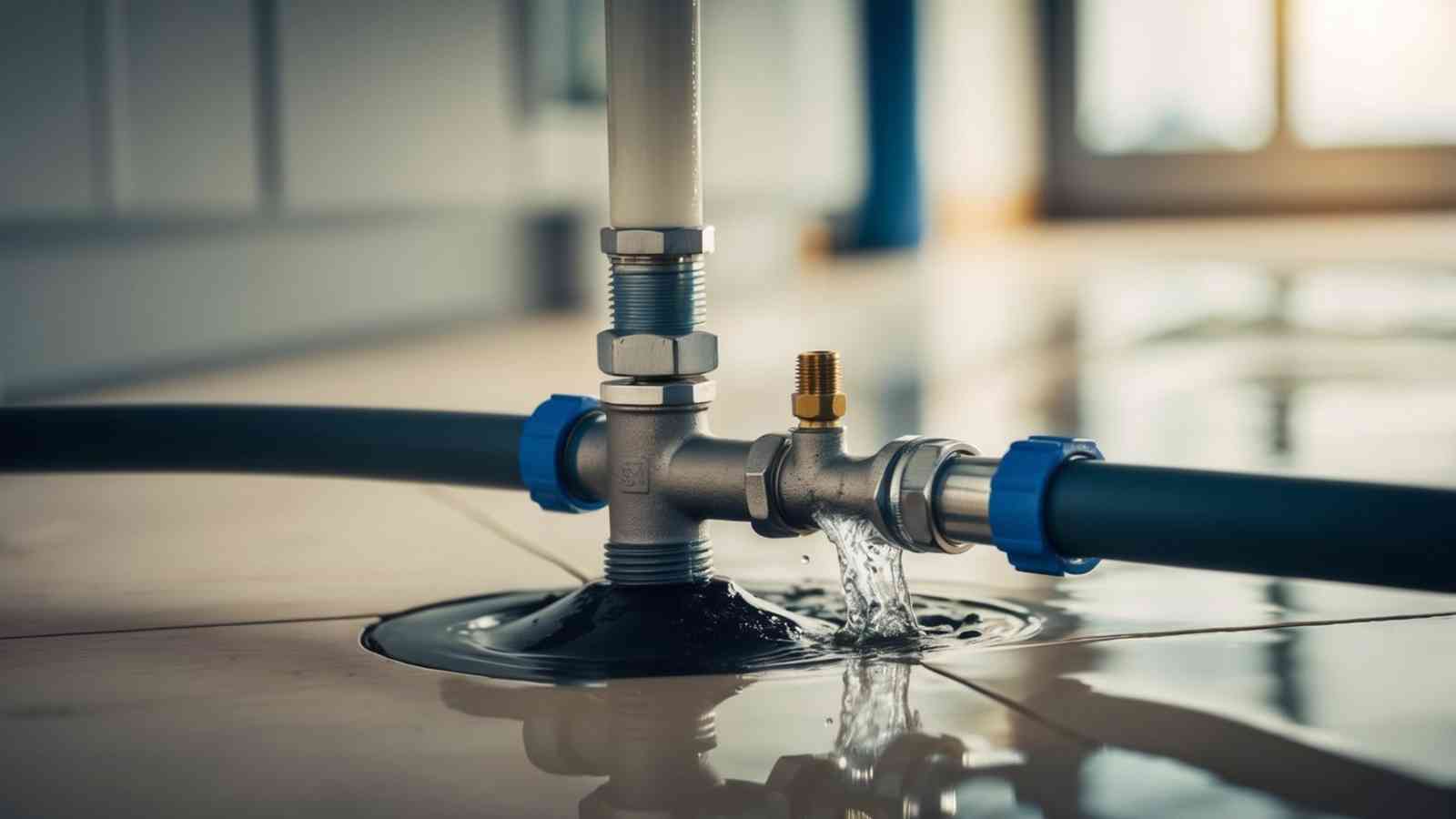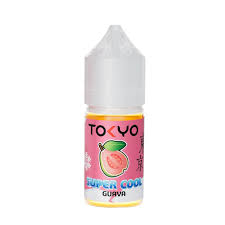In Singapore’s Housing and Development Board (HDB) flats, the type of water pipe material used can significantly affect the plumbing system’s longevity, efficiency, and maintenance requirements. With regular use, water pipes experience wear and tear, and choosing the right materials can reduce the risk of corrosion, leakage, and costly repairs in the long run. Whether you are planning a renovation or dealing with a plumbing issue, understanding the materials used in HDB water pipes is crucial.
When selecting or replacing your HDB water pipe material, it is essential to know the benefits and limitations of each option. Each material has different properties that influence its durability, resistance to corrosion, and suitability for specific environments and water pressure levels.
Types of Common Water Pipe Materials in HDB Flats
Several types of water pipe materials are commonly used in HDB units, each selected based on the specific needs of the building and residents. These materials include copper, stainless steel, PVC (Polyvinyl Chloride), and PPR (Polypropylene Random Copolymer).
1. Copper Pipes
Copper pipes have been a traditional choice for plumbing systems for decades. They are known for their strength, durability, and resistance to high temperatures. Copper is also resistant to bacterial growth and corrosion under normal water conditions.
Pros:
- Long-lasting and reliable
- Heat-resistant and ideal for hot water supply
- Less prone to internal buildup or blockages
Cons:
- Higher cost compared to other materials
- Prone to theft due to scrap value
- Susceptible to corrosion in acidic water conditions
2. Stainless Steel Pipes
Stainless steel pipes are becoming increasingly popular in modern HDB renovations due to their sleek appearance and durability. They are particularly useful in settings where cleanliness and strength are priorities.
Pros:
- Corrosion-resistant and durable
- Suitable for both hot and cold water
- Hygienic and aesthetically appealing
Cons:
- More expensive than alternatives like PVC or PPR
- Requires skilled installation
3. PVC Pipes
PVC is a lightweight and cost-effective material used mainly for cold water supply and waste discharge systems. It is not suitable for hot water as it can warp under high temperatures.
Pros:
- Affordable and easy to install
- Resistant to corrosion and chemical damage
- Smooth interior reduces clogs and water flow resistance
Cons:
- Brittle under extreme temperature changes
- Not suitable for hot water applications
- Lower pressure tolerance compared to metal pipes
4. PPR Pipes
PPR pipes are a modern solution used in newer HDB units. They are known for their high resistance to chemicals, pressure, and temperature, making them a reliable option for both hot and cold water.
Pros:
- Lightweight and easy to install
- Excellent thermal insulation properties
- Long lifespan (up to 50 years)
Cons:
- Limited availability of fittings and components
- Requires heat fusion welding, which needs specialized tools
Factors Influencing Pipe Material Choice
Choosing the right water pipe material depends on several factors:
- Water Temperature: For hot water supply, metal pipes or PPR are better options.
- Budget: PVC is the most budget-friendly, while stainless steel and copper are more premium.
- Durability Requirements: For long-term performance, stainless steel and PPR are ideal.
- Ease of Installation: PVC and PPR are easier to work with for minor renovations.
- Local Regulations: HDB guidelines and PUB (Public Utilities Board) regulations may dictate allowable materials for safety and standardization.
Maintenance and Replacement Considerations
Regular maintenance is essential regardless of the material used. Signs of potential issues include:
- Reduced water pressure
- Water discoloration
- Visible rust or mineral buildup
- Leaks or damp spots in walls or ceilings
Older HDB flats with outdated piping systems may benefit from a complete overhaul, especially if the pipes show signs of corrosion or leakage. When replacing pipes, always engage a licensed plumber who understands the specific needs and compliance requirements of HDB plumbing systems.
Conclusion
Choosing the right HDB water pipe material plays a vital role in ensuring the longevity and reliability of your plumbing system. Each material—be it copper, stainless steel, PVC, or PPR—has its unique advantages and limitations. Understanding these differences will help you make informed decisions for repairs, upgrades, or new installations. For professional guidance, consult with a licensed plumber familiar with HDB standards to ensure your water supply system remains safe, efficient, and durable for years to come.



